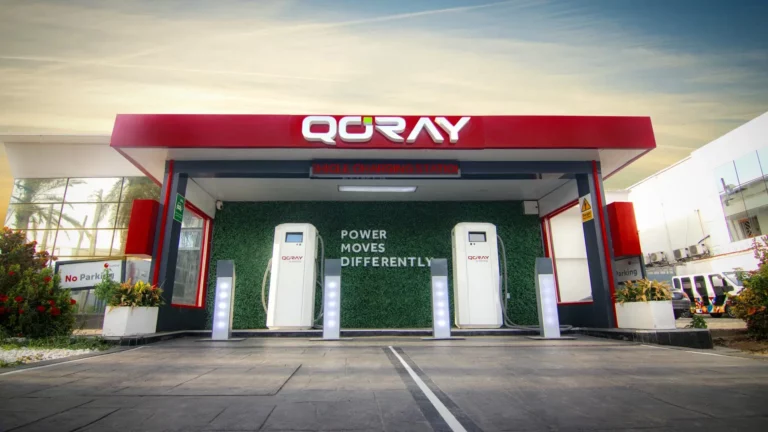*Babatunde Fashola, Minister for Power, Works and Housing.
At the last monthly power sector operators’ meeting held on Monday, December 11 in Lokoja, Kogi State, Minister of Power, Works and Housing, Babatunde Fashola had claimed power generation had increased from below 5000 megawatts, MW, to 7000MW.
“By collective action of Government and all of you, many of these challenges have either been fully overcome or brought under control and management. Government has responded with policies and actions like the N701 Billion payment assurance guarantee which has brought confidence to the production side of the power business and resulted in increased power production taking us to an all-time high of over 7,000 MW of power availability”, the minister had said in his opening remarks at the meeting in December.What the minister’s statement meant was that increase in power generation from below 5000MW to 7000MW, had occurred after their meeting in November, as checks by SweetcrudeReports found that the update was not part of his remarks at the meeting held in November.Fashola’s declaration of Nigeria now generating 7000MW is far from the truth.Fact checking on the website of the Ministry of Power, Works and Housing, showed that power generation data for every other month aside those between December 16 to December 21, and April 9th-11th, had been taken down.Still, checks on data signed off by Transmission Company of Nigeria, TCN, showed that as at Friday, December 15, peak power generation by the hydro, steam and gas power plants, was 5102.6MW, while off-peak generation was 3830.3MW.On December 16, power generation dropped a bit, as peak generation by the hydro, steam and gas power plants was 5031MW while off-peak generation was 3573MW.Nigeria has 29 power plants: Kanji, Jebba, Shiroro, Egbin ST2-5, Sapele, Delta, Afam IV-V, Geregu NIPP, Sapele NIPP, Alaoji NIPP, Olorunsogo NIPP, Omotosho NIPP, Odukpani NIPP, Ihovbor NIPP, Okpan, Afam VI, Ibom Power, Asco, A.E.S, Omoku, Trans Amadi, Rivers IPP, Egbin ST6, Piras Energy, Azura-Edo IPP, and Gbarain NIPP.Out of the 29 plants, the likes of Sapele, Alaoji NIPP, Asco, A.E.S, Trans Amadi, Rivers IPP, Gbarain NIPP, Azura-Edo IPP, and Paras Energy, all gas plants, packed up at one time or the other within the period reviewed, producing zero megawatts, while the likes of Afam IV-V are producing low megawatts, 62MW, Olorunsogo NIPP 99MW, Ihovbor NIPP 88MW, Ibom Power 94MW, Omoku 71MW, Egbin ST6 72MW and Paras Energy 69MW.Power production dropped again on December 17 as peak generation was 4967.2MW while off-peak was 3596MW.Gbarain NIPP joined other plants that did not produce a single megawatt on December 17.On December 18, power production peaked a bit above 5000MW to 5222.3MW, while off-peak generation was 3869.3MW.Power generation slipped on December 19 to 5015.8MW, while off-peak generation was 3839.9MW.For December 20, Nigeria generated 5052.6MW at peak period, while off-peak production was 3257.7MW.And on December 21, power generation dropped to 4869.3MW at peak and 3686.5MW off-peak.And since earlier records had been taken down by TCN, other checks made on power generation for 8th April, showed that peak generation was 3729.4MW, and off-peak 3069.5MW.On April 9, a total of 3831.8MW was generated at peak period, while 108MW was produced at off-peak, while data for April 10 revealed that a total of 3669.9MW was generated at peak period while off-peak generation was 240MW.However, checks on other statistics bodies such as the Nigerian Electricity Regulatory Commission, NERC, and the Bureau of Statistics, NBS, had contradicted those provided by TCN and Ministry of Power, Works, and Housing.A statement by the minister’s aide, Hakeem Bello at the January edition of the Nextier Power Dialogue held in Abuja said sabotage of power assets by militants had prevented the nation from generating 7,000 MW of electricity.According to him, nation’s power grid could support 6,500 MW and if pushed to its limit, the nation’s grid could as well carry 7,200 MW.Then in October, Fashola himself disclosed at a book launch in Lagos that power generation jerked from 2600MW to 7000MW from 2015 to 2017. However, the report was published by only an online medium, Daily Post.SwetcrudeReports visited the Nigerian Electricity Regulatory Commission, NERC’s data portal, and found that nowhere on its record did Nigeria attain even 5000MW from November 2015 till October 2017 when it stopped updating its record.The highest production within the period, according to NERC’s record, was 4741MW which was on Sunday, Feb7, 2016.Besides, it would be recalled that when TCN announced that Nigeria had hit 5000MW during 2016 rainy season, it was widely celebrated by TCN and generating companies.However, SweetcrudeReports could not lay hand on any record or publication where the 7000MW talked about by Fashola was celebrated by TCN and power generating companies at any time from 2015 up till 2017 or even published on any national newspapers.Further checks on the National Bureau of Statistics, NBS’ power generation data also approved by NERC for third quarter (July-September), showed that daily energy generation attained a peak of 3,880 MW on 1st September, 2017, while the lowest daily energy generation was 2,354 MW, in Q3 2017, attained on 14th September 2017.NBS power generation statistics for Q2 (April-June) 2017 reflected that a total average of 2,503 GWh of energy was generated by power stations as Egbin Power Plant contributed about 11.22% share of the average energy generated which represents the highest generation among the twenty-five power plants within the period under review.Daily energy generation attained a peak of 4,079 MW on the 29th May 2017.Also, power generation statistics for Q1 2017 obtained from NBS, reflected that a total average of 3,687 MW of energy was generated by power stations as Afam VI Power Plant contributed about 12.64% share of the average energy generated which represents the highest generation among the twenty-three power plants within the period under review.Daily energy generation attained a peak of 5,846 MW on the 24th January 2017.The bureau is yet to release statistics for Q4.Source: Sweetcrude Report








